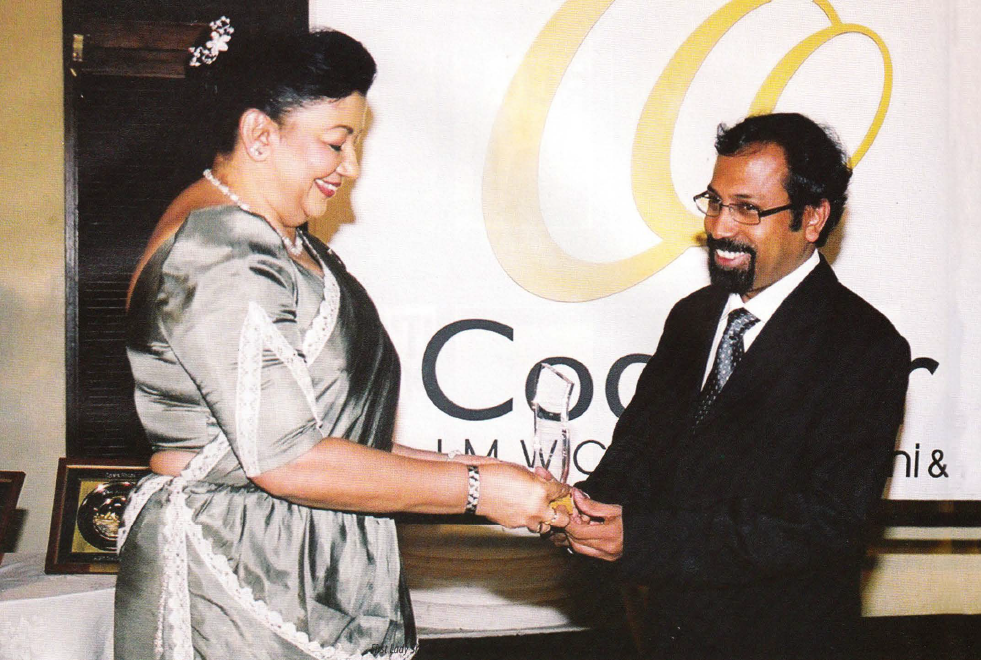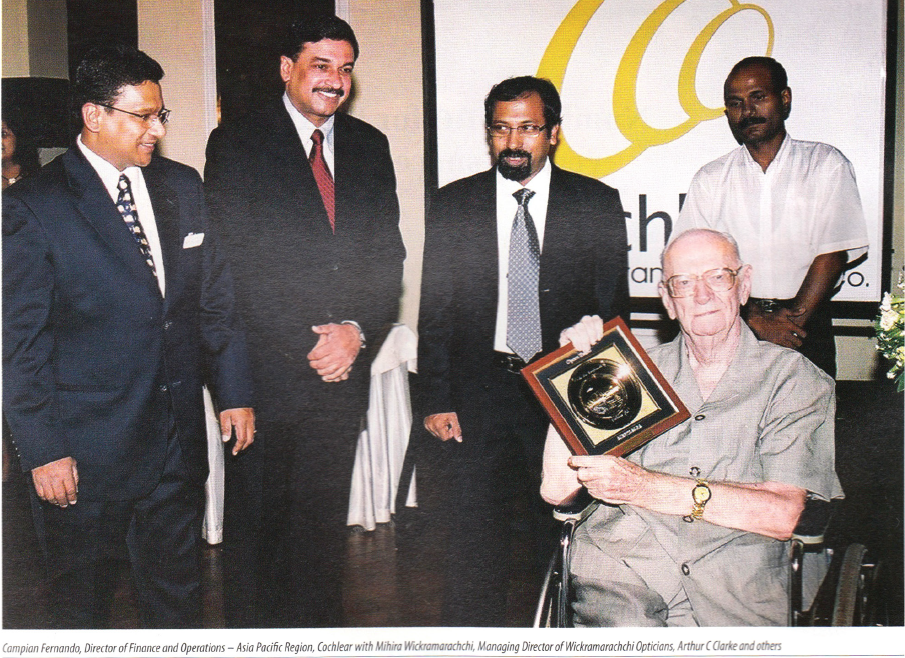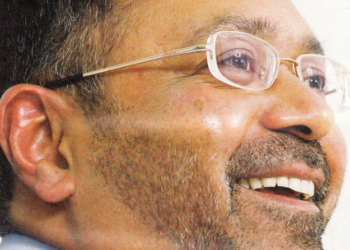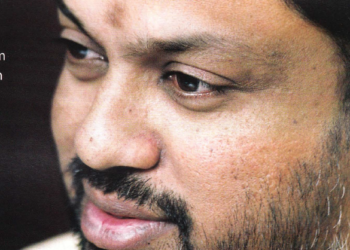Thanks to modern technological advancement, those with severe hearing loss or born deaf can now look forward to a solution. Sassanka Samarakoddy reviews a revolutionary implant system that is transforming lives.

Millions of people around the world who a couple of decades ago might have been medically condemned to lead hopeless lives, are today fortunate enough to live in an era where modern technology has succeeded in transforming the world of medicine. In addition to the development of drugs to cure ailments that would have been considered incurable earlier, a vast number of hi-tech medical devices have also been invented, that have immensely benefited those who are born with certain deformities. Into this category falls hearing loss, which is a common major abnormality present at birth. The Cochlear Implant System, recently introduced to Sri Lanka, is a technologically advanced medical device that helps adults and children w’ho have bilateral or severe to profound hearing loss, and those not receiving satisfactory benefit from hearing aids.
Campian Fernando, Director of Finance and Operations – Asia Pacific Region, Cochlear said: “Twenty-one Sri Lankans have been successfully implanted with this hearing device during the past one year. As I explained at a presentation held recently in Colombo, which was graced by First Lady Shiranthie Rajapakse, age is no barrier. In Japan, the oldest recipient is 94 years old, and in Australia, a lady had an implant fitted at the age of 88. She lost her hearing when she was 75 years old, and the reason she wanted to have the implant was to pass her driving test which she had failed earlier due to lack of hearing.” Fernando, who is based in Australia, was first introduced to this device when he was on the look out for a hearing aid for his daughter, eight years old at that time, who was born deaf. “After my daughter was fitted with the implant, that was ten years ago, it took her about three years to learn to communicate. Because when you are born deaf, you lose the ability to talk properly. And recipients, especially children, have to be trained .to listen. “My daughter is now sitting for her university entrance exam. Although it’s not quite correct to quote in percentages, in order to clarify, I would say she could hear up to 80%, in comparison to a normal person.” Fernando was so impressed with the product, he himself later joined the company marketing this hi-tech hearing device. The cost of the entire surgical process plus the implant is Rs2.5m. “This certainly is a lot of money, but when you consider the ultimate benefit to the recipients, which obviously would transform their lives and make them productive people, the cost could be justified,” said Fernando. “What is remarkable is that those who have been fitted with the Cochlear Implant come from a broad spectrum of the community; from different social backgrounds. This is an indication as to how much they value the regaining of their own hearing or the hearing of their loved ones.”
Trained doctors conduct surgery at Apollo and Durdans hospitals in Colombo. “Speaking on a global scale, we have people using the same device for 25 to 30 years. They can also upgrade the technology if they wish. Since my daughter got her implant 10 years ago, it has been upgraded three times,” Fernando explained. The surgical procedure is completed under general anaesthesia and surgery takes approximately two to three hours. It takes three to five weeks for the incision to heal completely and the device to be fully accepted by the body. The speech processor may then be fitted. While hearing aids that amplify sound may assist moderate to severely hearing-impaired persons, people with very severe to profound deafness will not derive a benefit from increasing the loudness of sound. The inner ear of these individuals is not able to process sound normally. However, by electrically simulating the auditory nerve, the cochlear implant provides these individuals with access to complex sound.
A sensorineural hearing loss, or nerve deafness, means that the inner ear (cochlea) is not functioning correctly. The tiny hair cells that line the cochlea have been damaged or are absent. This may be caused by many factors including genetics, injury, illness, and medication or as a result of the ageing process. The damaged hair cells cannot process sound information and, as a result, amplification of sound provides little or no benefit. To overcome this problem a cochlear implant translates sound into electrical impulses, stimulating the auditory (hearing) nerve directly and bypassing the damaged hair cells. This stimulation is interpreted by the brain as sound. Those who have been diagnosed as totally or severely deaf at birth or are gradually losing their hearing faculties and where hearing aids are of no use, have now been given a “second chance” as it were, to look forward to leading a normal life – thanks to modern technology.






